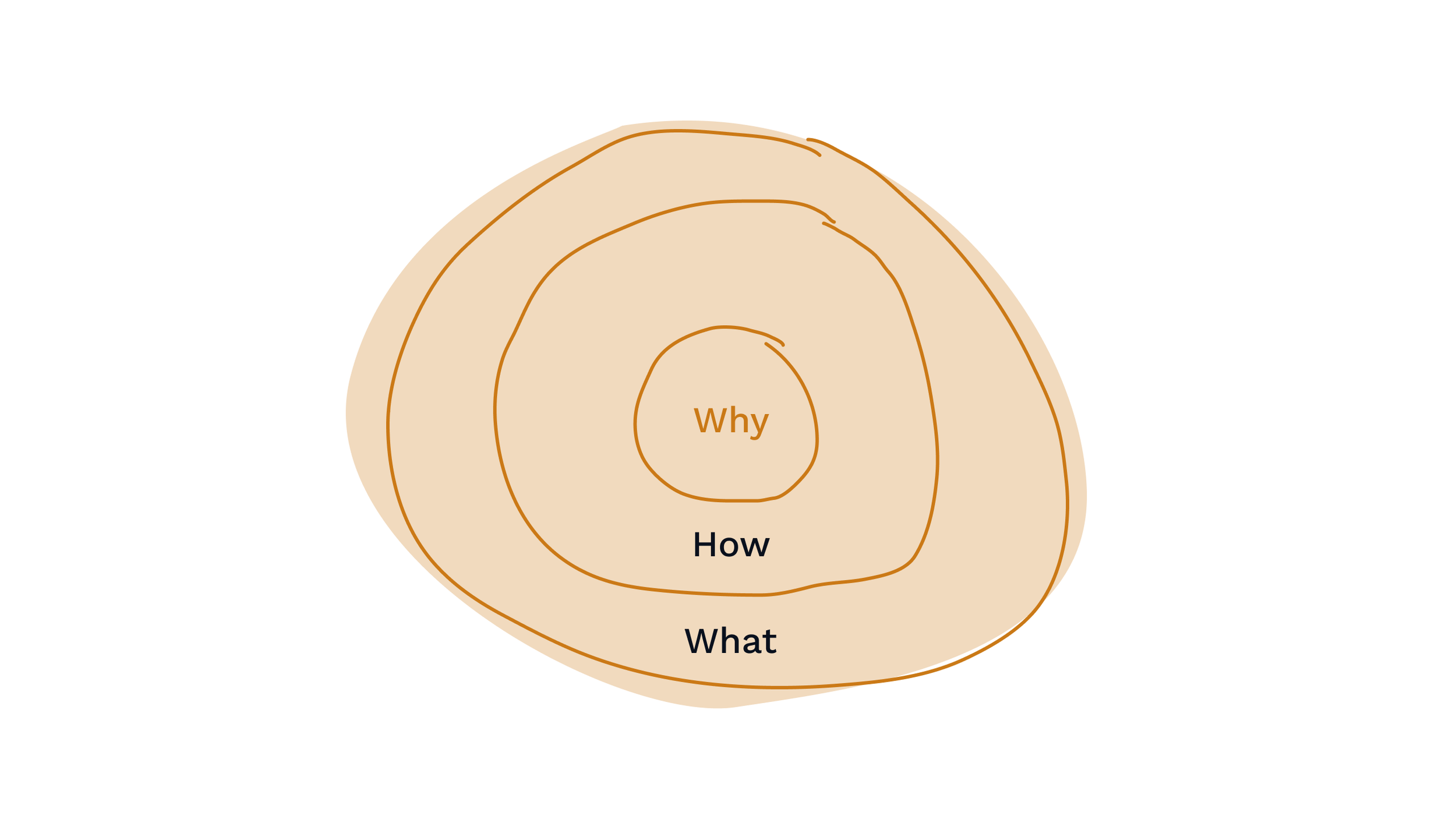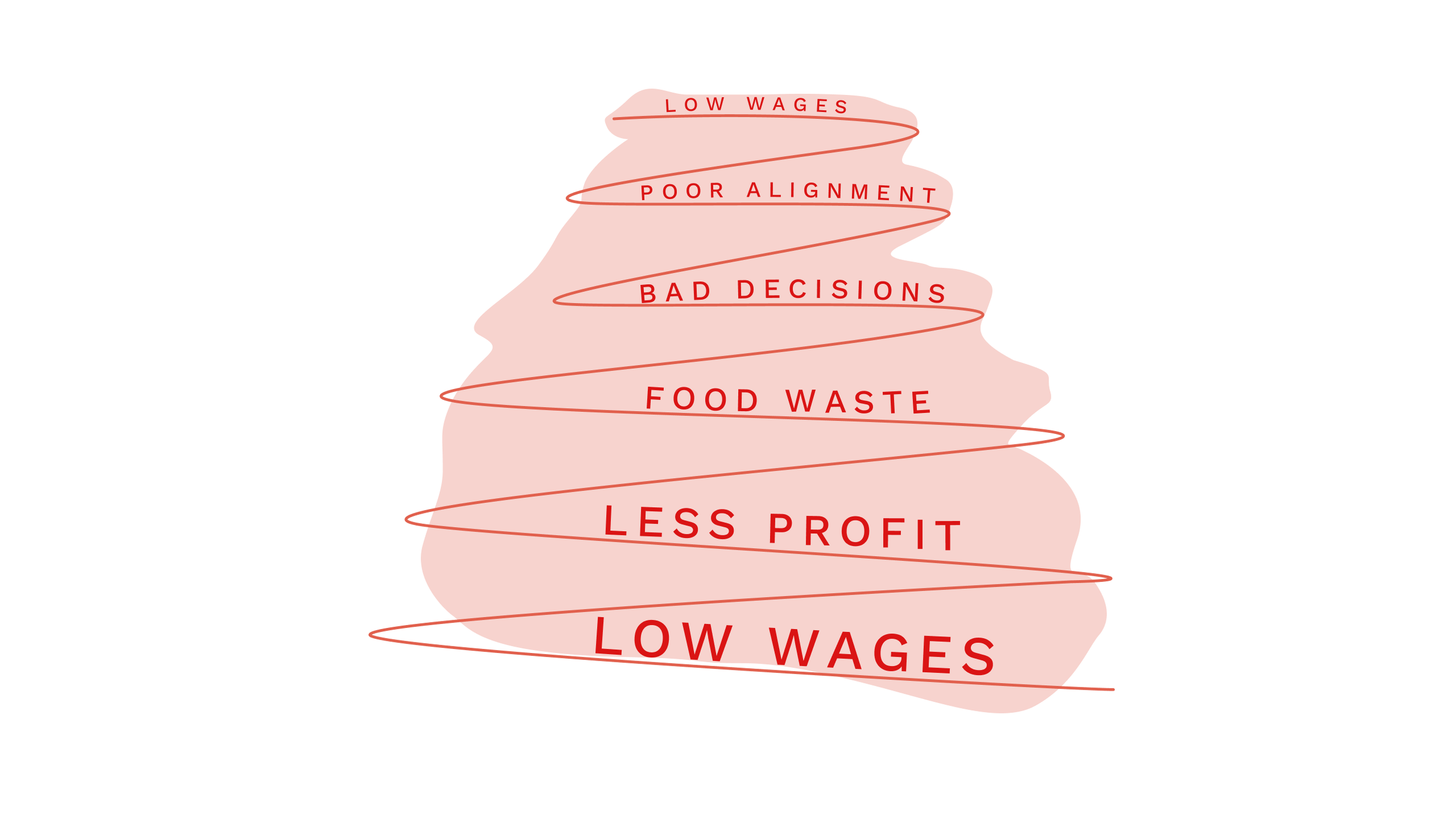Why A 4-Day Workweek Is Coming To Galley
We founded Galley Solutions with the audacious goal of aligning food supply with demand to reduce scarcity and make healthy food more accessible.
This lofty ambition made perfect sense: our company’s software helps food businesses organize their food data to make the most of ingredients and run more efficient operations. This allows food businesses that want to use fresh ingredients, rather than low-nutrient processed foods, to make better inventory and purchasing decisions – reducing food waste and getting healthy food to more customers.
But after reading Simon Sinek’s Start With Why, I thought more deeply about our original mission. The famous Golden Circle model showed me that truly innovative companies start with purpose and embed that into everything they do. It is embodied by the employees and sewn into the fabric of products and marketing.
The Golden Circle ©2013 Simon Sinek, Inc.
The why leads to actions – the how – which lead to the all-important results – the what.
I realized that our original goal didn’t fully capture what we wanted to accomplish at Galley. The most important part was missing from our mission statement: the people who make it happen.
Today we’re adopting a four-day workweek at Galley. Not because it’s trendy in tech spaces, but because we’ve realigned our big goal to be more people-focused, and this work style shift is the natural next step to living it out.
How can a company like ours meet the needs of its food service customers working four days a week? The answer has big implications not just for Galley, but for those very food service customers
Why the Four-Day Workweek
Knowing we needed to recalibrate our mission, I asked our leadership team to each come up with a new why statement.
Out of the seven of us, our CTO Fergie was the outlier, and the why he came up with shocked us:
create more knowledge workers in the food industry.
This immediately resonated with the team. The food industry is one of the last to rely so heavily on minimum-wage workers who are required to make key purchasing decisions every day. Despite having the skills and intelligence to excel and grow, these workers struggle to thrive because they’re trapped in operational inefficiency, without access to the critical information required to do their jobs well
This creates a highly negative sequence that begins with:
poor pay and working conditions and gathers momentum as employees, lacking the information and analytical tools to do their jobs, perform far below their potential. The result is poor quality, low margins, and reduced profit.
The business then can’t afford to pay anything other than minimum wage and the negative flywheel accelerates. The system is broken, and unless something changes in how we empower teams to be more productive and have more impactful work, it won’t change.
But if we use technology to make things better for food industry workers, we could slow this negative flywheel. Better systems lead to less confusion and chaos for staff, a better working environment, and ultimately more fulfilling work. By improving employee satisfaction, cleaning up inefficiencies to enable better work, and upskilling the industry, we will see higher retention, more skilled workers, and consequently higher wages – leading us back to more healthy and profitable businesses.
Creating technology to empower workers and enable them to reach their higher potential will lead to better job satisfaction and careers to be proud of. We can send that flywheel spinning in the opposite direction.
Empowering People Has Always Been Galley’s Core Purpose
Galley’s new mission fits with everything I’ve seen during my time in this industry.
It was at Sprig, the meal delivery start-up, that I witnessed firsthand the results of difficult working conditions and mental health problems as minimum wage employees struggled to do their jobs and make ends meet. As I started to work on the project that would eventually become Galley, my focus became less on business goals and more on using technology to make their lives better.
That’s led to Galley’s new and even hairier, more audacious goal:
We’re working to improve the lives of people in the food industry so they live more fulfilled lives, make better decisions to maximize the value of food, and are more satisfied in their jobs.
Galley software already gives employees autonomy and flexibility to get their work done. And with our new mission to help food industry workers, it’s only right that we do everything we can to help our own employees live more fulfilling and productive lives too.
And for us, everything points to implementing a four-day workweek.
Four Days Per Week: Starting With a Flexible Trial
For most people, the current working model looks like five days of work, with two days for fun and family. The four-day workweek adds an extra day off, which gives employees a day for themselves.
We’re rolling out a trial this quarter. The details for how the workweek will differ slightly for each team, but the goal is the same: to embody our mission to make working in the industry more rewarding, productive, and meaningful.
We’re not going into this blind. This is a trial and a useful learning experience. with the advantage of a research team, comprised of both external and in-house researchers.
The team is led by Emilie Aguirre, an Associate Professor of management and law at Duke University; Julie Yen, a PhD candidate at Harvard Business School; and Dr. Kirsten Van Fossen, Galley’s Head of Sustainability & Education.
The team has many years of experience studying purpose-driven organizations.
We want to know in fine detail the impact the change has on the business. And if it works, we will implement the four-day workweek permanently.
We’re not changing our expectations with this trial. We never dictated how many hours were worked in the five-day week, and we won’t with the four-day week. We’re looking to increase autonomy and live up to our values by trading relaxed work time for more intentional work time.
Modeling a Better Way to Work
Our decision is based in part on successful trials that have already taken place. A promising four-day workweek trial carried out in Iceland was hailed as an “overwhelming success” and led to 86% of Iceland’s workforce moving to shorter hours for the same pay or at least having the right to.
Workers reported feeling less stressed and said their work-life balance had improved – and that’s exactly the kind of result we’re expecting with our trial.
Another large-scale trial is currently underway in the UK in conjunction with researchers from Cambridge, Oxford, and Boston universities. More than 70 companies are taking part in various industries, from consultancy and banking, to education and housing, to retail and F&B. We’ll be watching with interest and comparing the results with our own.
Below are the outcomes that would make the trial a success for Galley.
Higher Employee Satisfaction – as a result of more focused work plus more time for themselves, we want our employees to feel happier in and out of work
Better Employee Retention – more fulfilling work leads to employees staying for longer and looking to progress. Our goal is to achieve an average tenure of ten years at Galley
Decrease in Knowledge Loss – with better retention we expect to lower the risk of knowledge loss as there is reduced need to transfer knowledge to new employees
Increase in Complexity Capacity – longer tenures allow deeper insights to build over time leading to more complexity of thought and strategy both individually and for each team
Increase in Profitability – employee turnover is very costly. With more productive, happier employees progressing with the company, we expect better financial results
Increase in Efficiency – we predict that happier, more skilled, more focused employees invested in the long-term success of the business will produce better work in less time
Putting Our Why into Action
Trialing the four-day workweek at Galley is a powerful way for us to embody our mission. And we will continue to manifest the positive change we want to see in the industry by putting our mission into everything we do, from new product features, to company policy, to communications.
We hope our four-day workweek trial can be an inspiration to other businesses to experiment with ways to improve the lives of their employees while working towards business goals.
The two are not opposing forces. When you start with the why and get everybody behind the mission, the results should take care of themselves.
Be part of our mission: find out how Galley can help you empower and upskill your employees.
Lead Photo by K. Mitch Hodge on Unsplash









